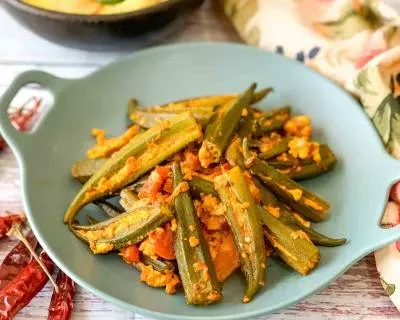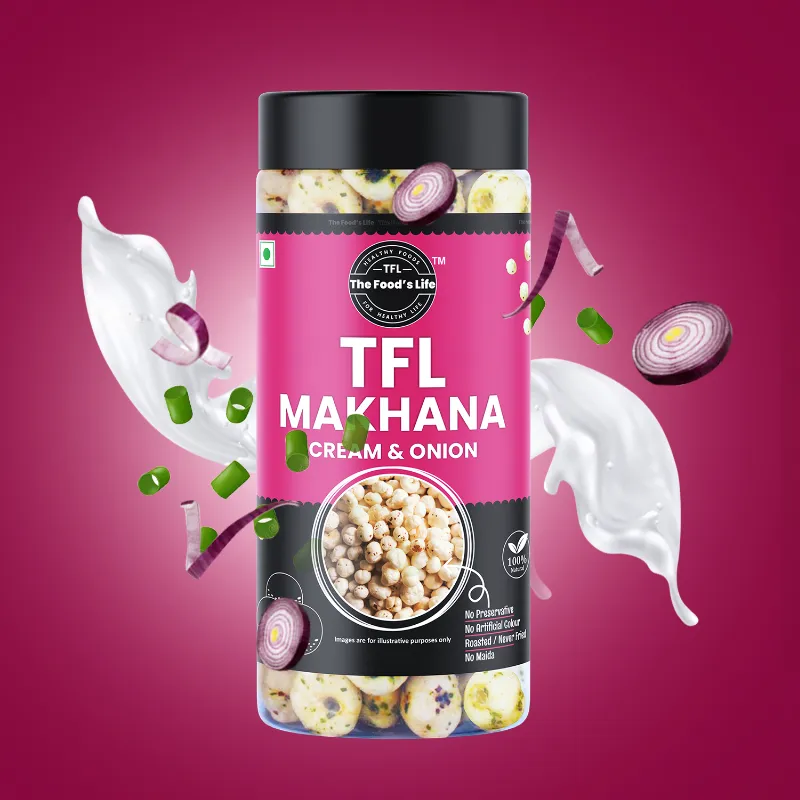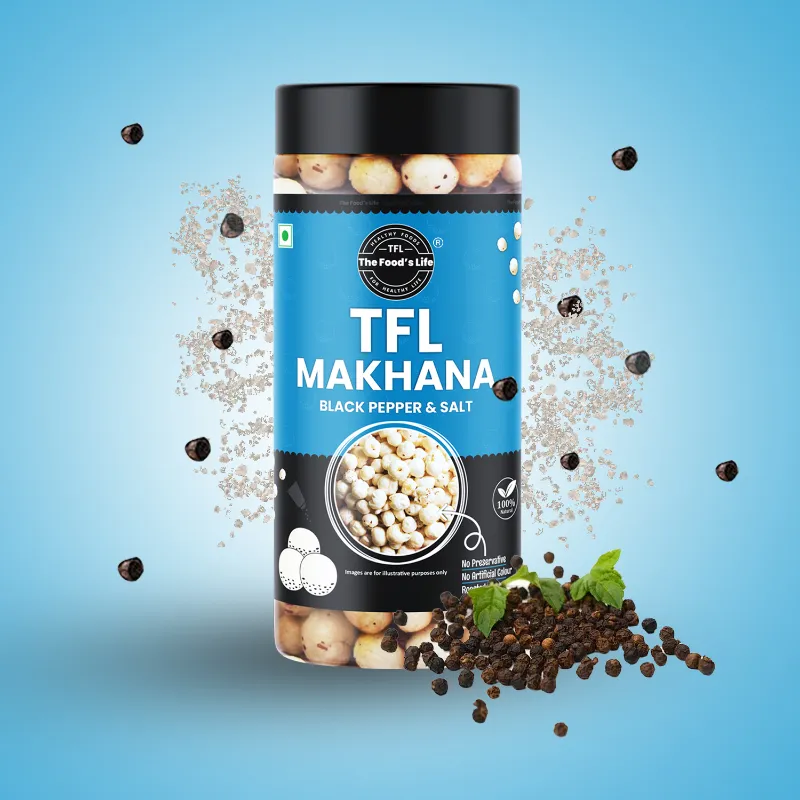FREE DELIVERY ON ORDERS ABOVE ₹500/-
FREE DELIVERY ON ORDERS ABOVE ₹500/-
FREE DELIVERY ON ORDERS ABOVE ₹500/-
FREE DELIVERY ON ORDERS ABOVE ₹500/-
FREE DELIVERY ON ORDERS ABOVE ₹500/-
FREE DELIVERY ON ORDERS ABOVE ₹500/-
FREE DELIVERY ON ORDERS ABOVE ₹500/-
FREE DELIVERY ON ORDERS ABOVE ₹500/-
FREE DELIVERY ON ORDERS ABOVE ₹500/-
FREE DELIVERY ON ORDERS ABOVE ₹500/-

Bhindi, known to many as okra or ladyfinger, is not just a vegetable. It’s a culinary gem with a rich history that stretches across continents. In this journey through time, we’ll explore the fascinating story of bhindi. Breaking it down into simple language for everyone to relish.
Equally our bhindi adventure begins in Africa, where this green pod made its first appearance over 3500 years ago. Initially cultivated along the Nile, It quickly became a beloved vegetable in Egyptian and Ethiopian cuisines.
As the Silk Road paved the way for cultural exchanges, bhindi embarked on a journey eastward. It traveled through the Middle East, reaching as far as Southeast Asia. Also along this route, It does not only found a home in diverse culinary traditions but also became a symbol of connectivity.
Bhindi’s ability to adapt and harmonize with various spices and cooking techniques. Made it a favorite in kitchens from India to the Mediterranean. Its versatile nature allowed it to seamlessly integrate into local dishes, creating a fusion of flavors that transcended borders.
The vibrant hues and diverse climates of the Indian subcontinent welcomed bhindi with open arms. India embraced this versatile vegetable, incorporating it into regional cuisines with zeal. It became a staple in dishes like bhindi masala, bhindi fry, and the iconic sambar.
Beyond its culinary prowess, bhindi offers a nutritional punch. Packed with fiber, vitamins A and C, and a host of minerals. Especially it contributes not only to delicious meals but also to a well-balanced diet.
Bhindi isn’t just confined to the kitchen—it has made its mark in popular culture. From Bollywood movies showcasing the joy of cooking it in to home kitchens buzzing with the sound of sizzling it, this vegetable has become an integral part of daily life.
In recent decades, bhindi has transcended its geographical origins, finding its way into grocery stores and kitchens worldwide. however Its growing popularity can be attributed not only to its delectable taste but also to its health benefits and versatility in a variety of culinary creations.
Today, bhindi stands tall as a beloved vegetable cherished for its taste, nutritional value, and cultural significance. Whether stir-fried, stuffed, or included in a curry, It continues to capture the hearts and taste buds of people around the globe.
In conclusion, the history of bhindi is a tale of migration, adaptation, and culinary delight. From its humble beginnings along the Nile to gracing dinner tables worldwide, for the most part bhindi’s journey is a testament to the enduring appeal of this green marvel. So, the next time you savor the flavors of it, remember that you’re partaking in a culinary legacy that spans centuries and continents.
Recommended Products





